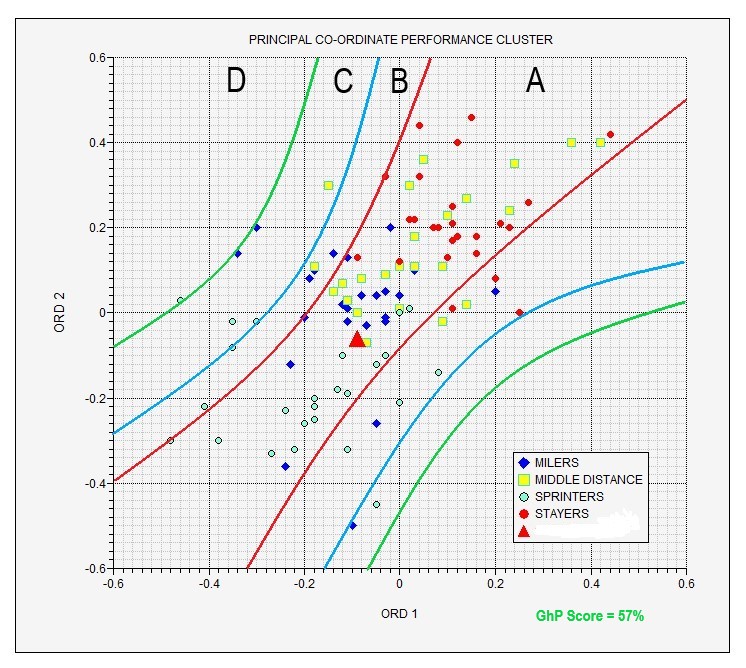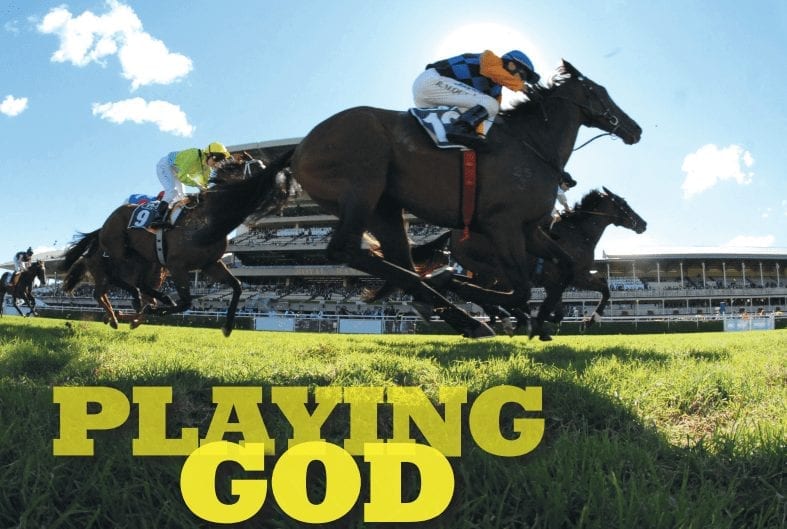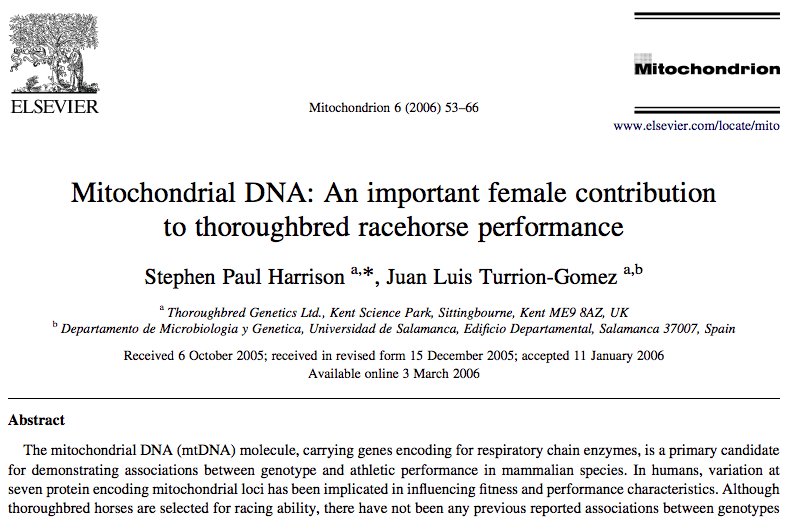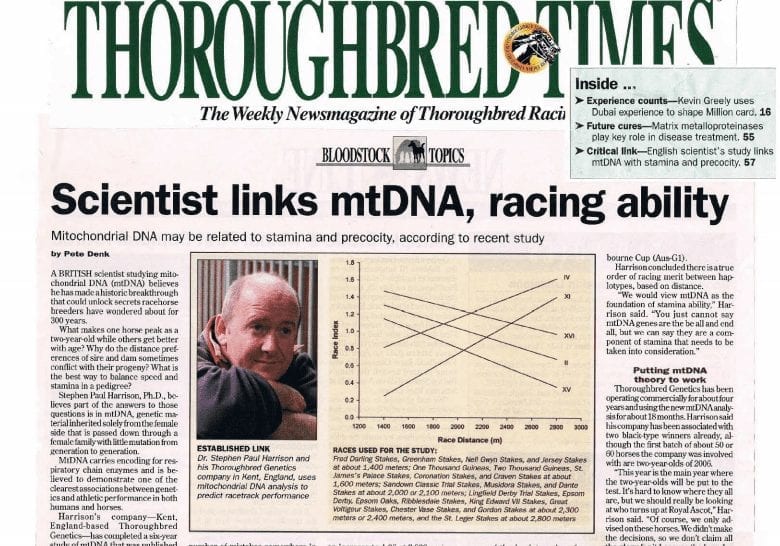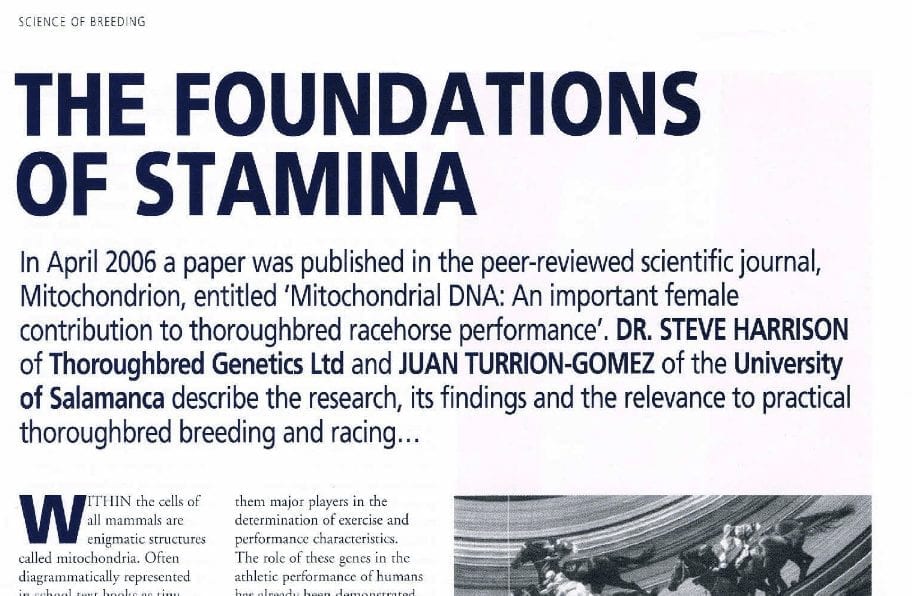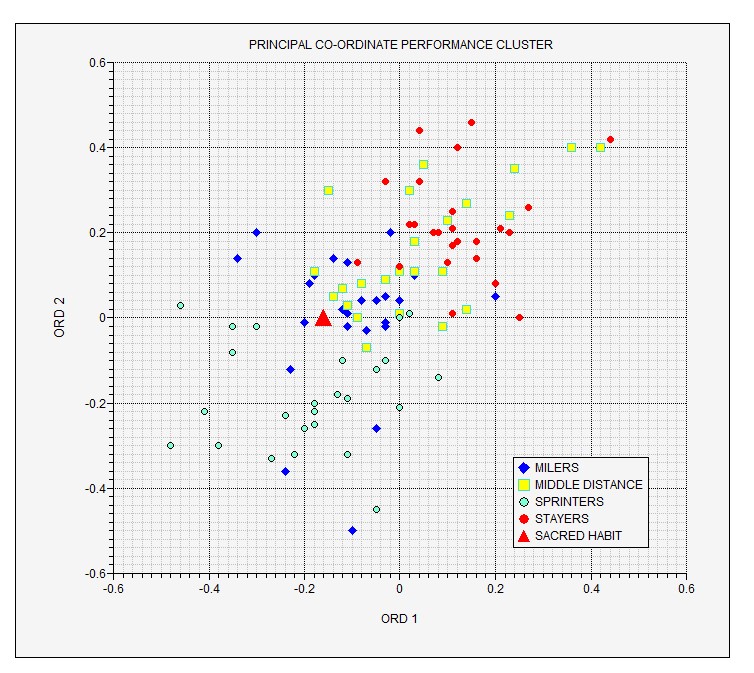
Inbreeding or Outbreeding? – Determination of heterozygosity and homozygosity:
A better indication of the level of inbreeding of a particular horse is provided by use of DNA analysis to measure gene duplication. Inbreeding leads to an increase in homozygosity (gene duplication). Inbreeding is the best way of fixing consistent, positive genetic characteristics but only if duplication of the less desirable ones is avoided. Using DNA markers we have been able to determine that there is an optimum amount of gene duplication that occurs in the best performers and this also varies according to stamina range. A pedigree might indicate that an animal is actually inbred whereas often the converse exists and vice versa. Inbreeding is beneficial but only when applied under the right circumstances. Through use of DNA assessment we can obtain a clearer picture of how close this can be carried out and whether it should be avoided or increased. It is more accurate to use a DNA sample to determine this but we have also been able to extrapolate data that more accurately indicate suitable on-paper inbreeding when this is required.
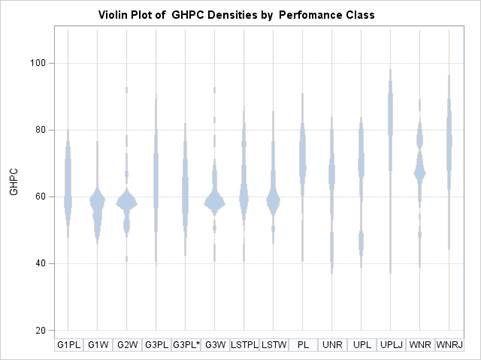
Different levels of performers have their own genetic signatures as far as inbreeding level is concerned. The diagram above shows graphic inbreeding (GHPC) plots for different classes of horse, ranging from Group 1 winners to Unplaced jumps horses. It is clear that the shape of the plots which cover the most common inbreeding range (in percentage) varies between class. This is yet another genetic feature used to determine adaptation of a horse to a specific genetic niche and performance level.
Taking account of a horse’s heterozygosity enables prediction of the potential status of resulting foals. This allows us to aim for the optimum level in the foal, giving the best chances of performance and breeding success. Using the same example as above, the heterozygosity of Sacred Habit was very low, at around 42% – i.e inbred. Prior to analysis she has produced a series of foals that exhibited various conformational problems. Assessment of her heterozygosity, stamina clustering and OXPHOS status indicated to us to make the recommendation of Choisir as a potential mate and this successfully produced Sacred Choice.
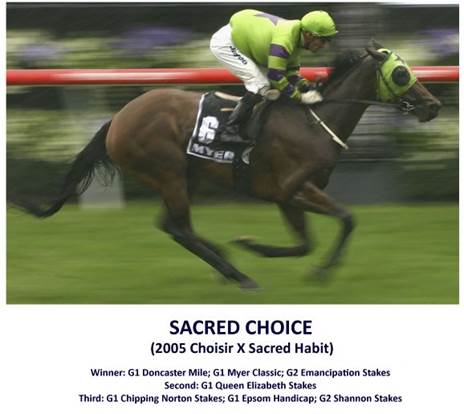
What is the end result – what do we have when all of the tests have been applied?
In essence – a complete genetic description of a horse. Whether the horse is a youngster yet to race or a prospective broodmare, the tests provide information that can be interpreted to bring out the best in both. The results will tell us: the speed/stamina bias; precocity expectation; level of inbreeding; likely performance and breeding level. We will also be able to tell whether these interacting features complement each other to make a ‘complete’ animal.
The uses and applications are broad. Knowing the genetic status of a mare or stallion enables selection of the most appropriate mate to support their strengths or weaknesses in order to produce progeny conforming to the best possible genetic profile. Similarly, knowledge of the status of a young horse can support sales and racing decisions.
The expanded example graph shown below indicates that the horse denoted by the red triangle has the profile of a 7-8f (1400-1600m) horse. It is positioned with the early-mid 2yos. It falls into the confidence interval of horses more likely to be ‘A’ Class performers. It is also inbred (GhP=57%) within the optimum zone for a horse of this stamina/speed balance and this also conforms to the inbreeding level seen with higher level performers in this stamina range.
